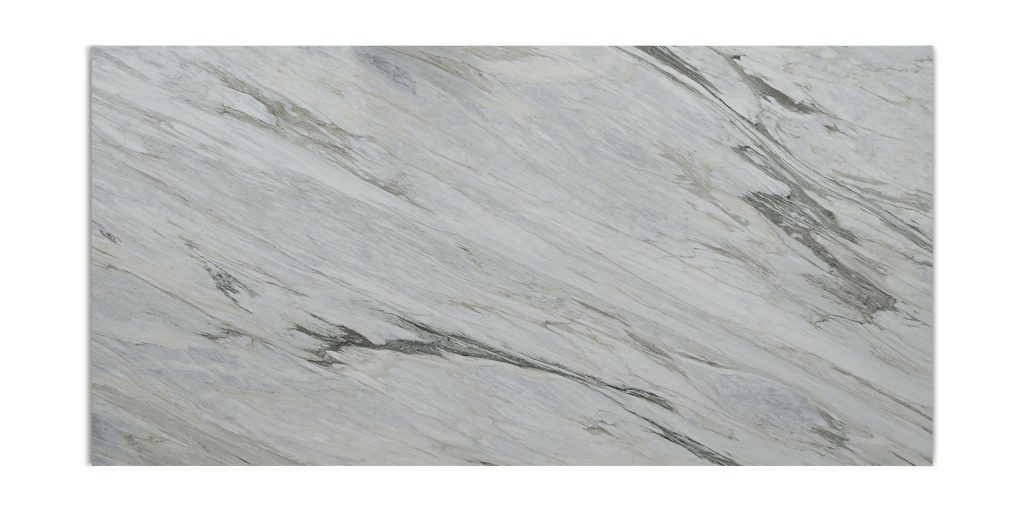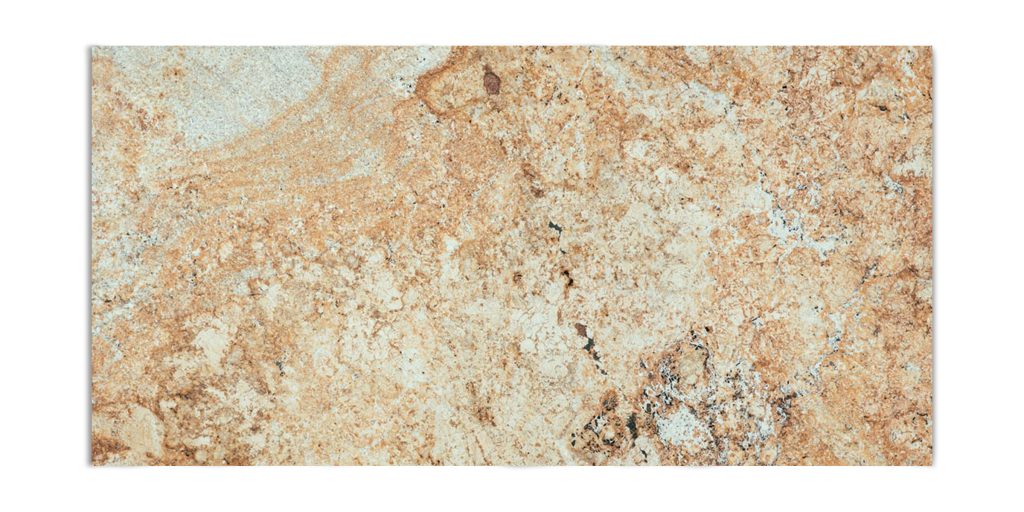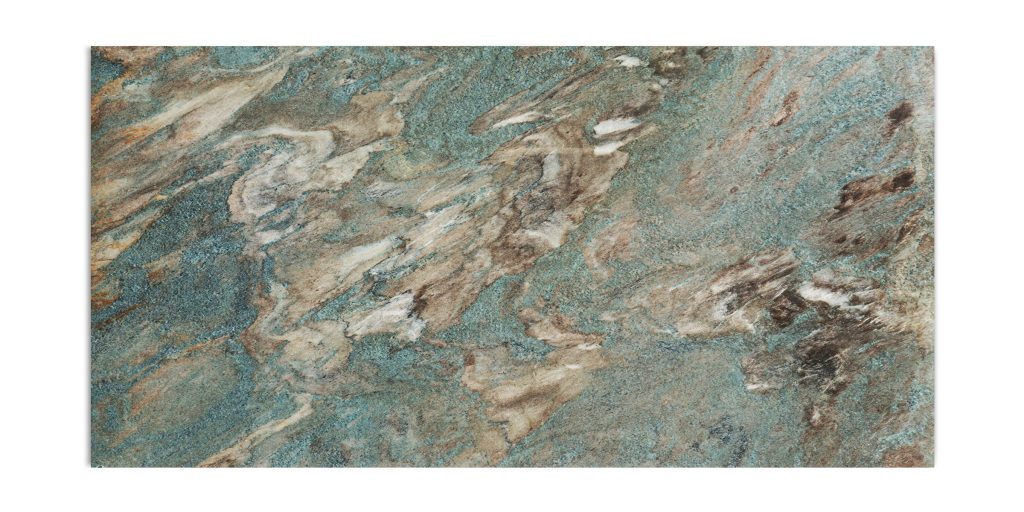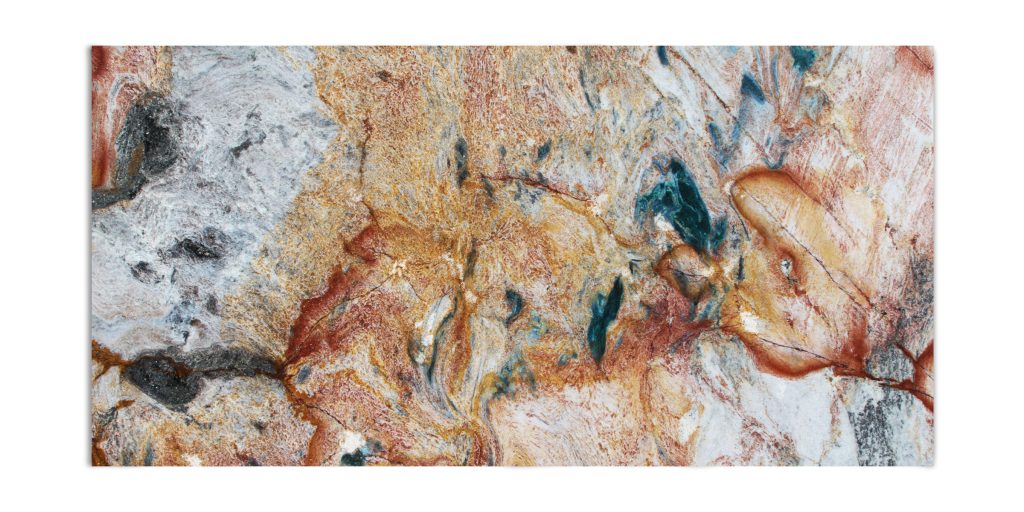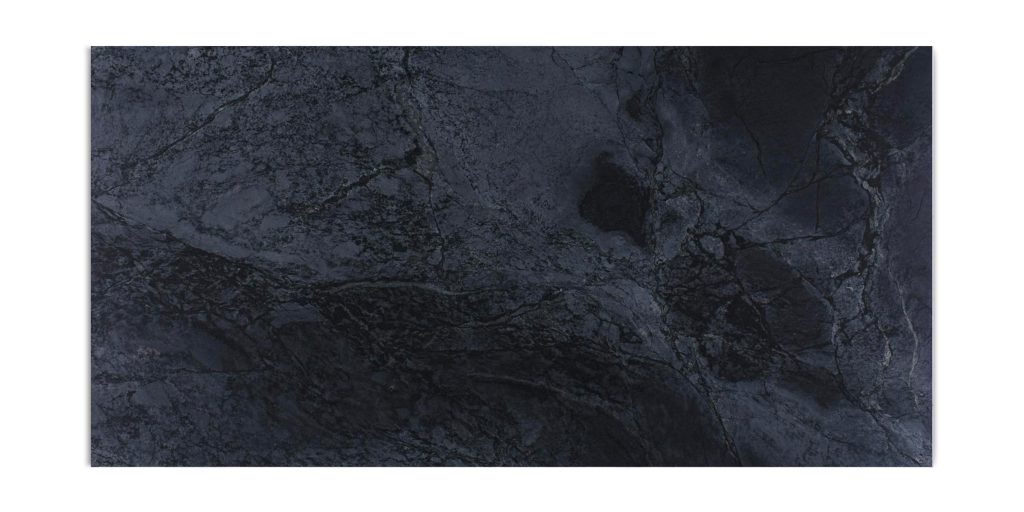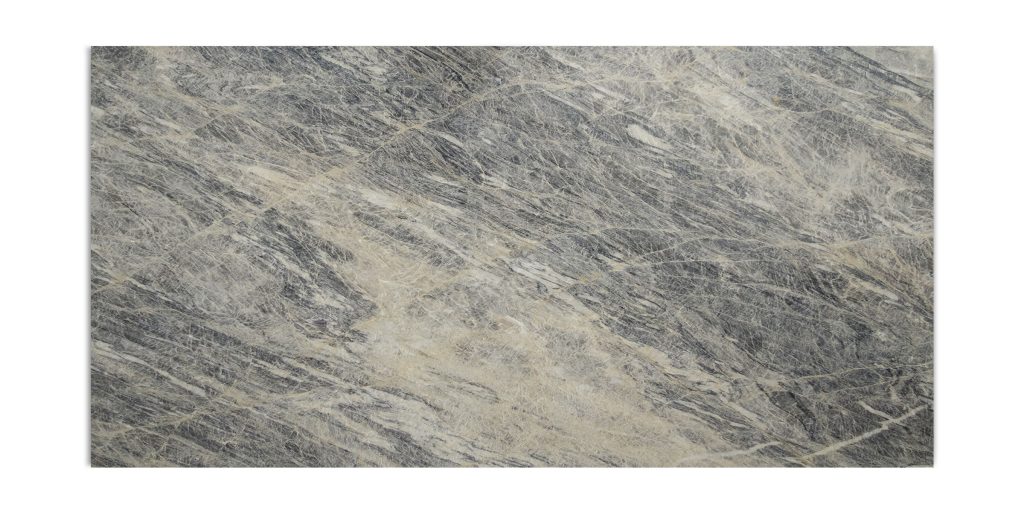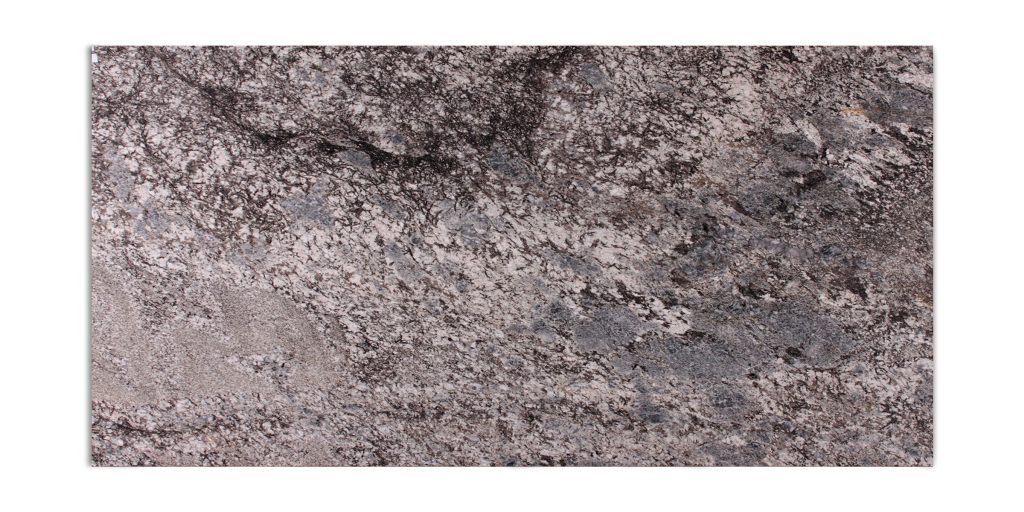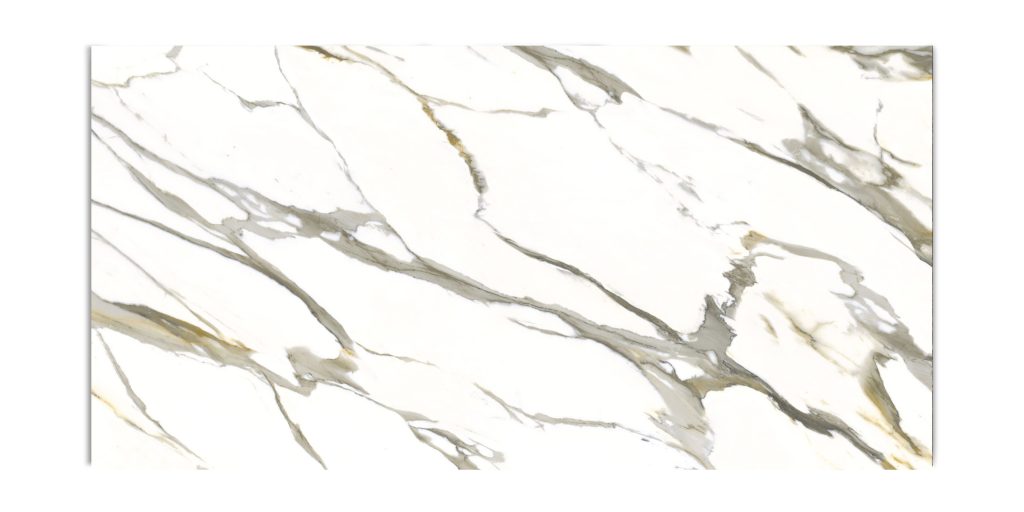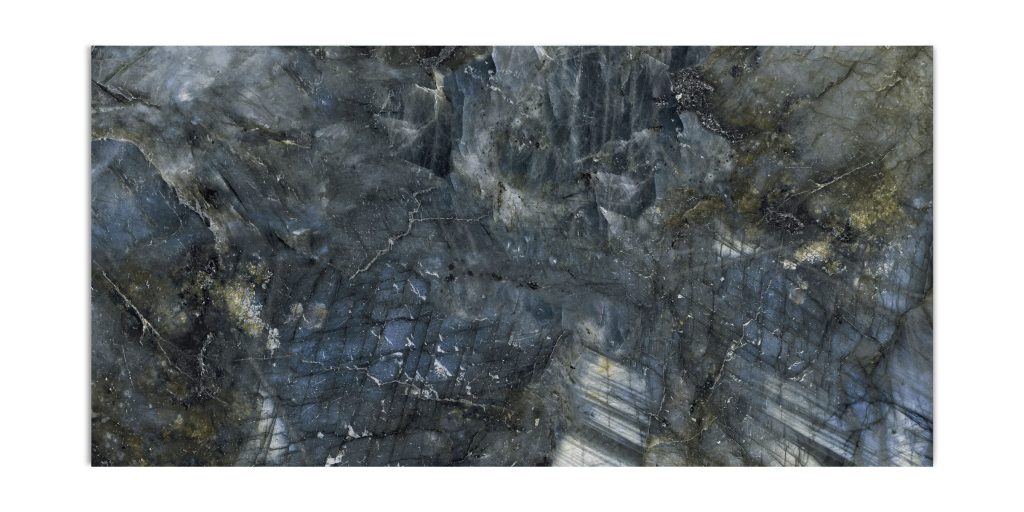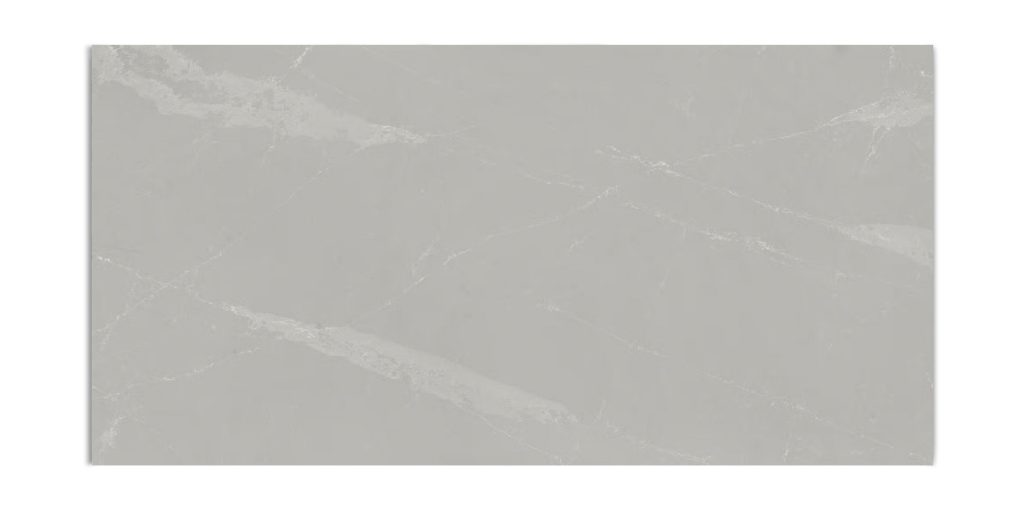Is it worth it to replace kitchen countertops?
Is it worth it to replace kitchen countertops? If you’re thinking about upgrading your kitchen, you’ve probably asked yourself: “Is it really worth it to replace my countertops?” At Tez Marble, we believe the answer is a resounding yes—and here’s why.
1. Transform the Look of Your Kitchen Instantly
Your countertops are one of the first things people notice when they walk into your kitchen. If they’re outdated, worn, or damaged, they can make the entire space feel dull—no matter how beautiful the rest of your kitchen may be.
Replacing your countertops with fresh, modern materials like quartz, granite, or solid surface instantly revitalizes your space. It’s a high-impact upgrade that gives your kitchen a sleek, polished look without the need for a full remodel.
2. Add Value to Your Home
A kitchen upgrade is one of the smartest investments you can make in your home, and new countertops play a big role in that. Updated countertops are a major selling point for buyers, helping your kitchen stand out in a competitive real estate market.
In fact, minor kitchen upgrades—including countertops—can recoup 70% or more of their cost when it’s time to sell. Even if you’re not planning to sell soon, you’ll enjoy the beauty and functionality every day in the meantime.
3. Improve Durability and Ease of Maintenance
Are your current countertops showing stains, cracks, or burns? Older materials like laminate or tile can wear down over time, becoming harder to clean and maintain.
By upgrading to a modern, durable surface, you’ll enjoy easier maintenance, better resistance to stains and scratches, and a longer lifespan. Quartz, for example, is virtually maintenance-free and resists bacteria and staining. Granite offers timeless beauty and durability.
A countertop upgrade isn’t just about aesthetics—it’s an investment in daily convenience and peace of mind.
4. Customize Your Space to Fit Your Style
Every homeowner has a unique vision for their kitchen. Replacing your countertops gives you the opportunity to choose a material, color, and finish that reflects your personal style. Whether you love the classic elegance of marble-look quartz or the warm charm of butcher block, the options are nearly endless.
With so many choices available, you’re not just replacing a surface—you’re creating a kitchen that feels like your space.
5. A Cost-Effective Upgrade with Big Results
A full kitchen remodel can be expensive and time-consuming. But replacing your countertops offers a high-impact transformation at a fraction of the cost and disruption of a total renovation.
In just a few days, your kitchen can go from dated to dazzling—without tearing out cabinets or changing the layout.
Final Verdict: Yes, It’s Worth It!
So is it worth it to replace kitchen countertops When it comes to upgrading your kitchen, replacing your countertops is absolutely worth it. It’s a powerful way to enhance beauty, functionality, and home value, all in one project.
We specialize in helping homeowners bring their dream kitchens to life with stunning, durable countertops that stand the test of time.
Ready to transform your kitchen? Contact us today for a free consultation and let’s create a space you’ll love for years to come.

